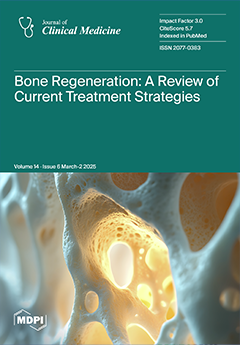Background: Although recent advancements in ischemic stroke management have reduced associated mortality rates, there remains a pressing need for more reliable, efficacious, and well-tolerated therapeutic approaches due to the narrow therapeutic window of current treatment approaches. The current meta-analysis sought to evaluate the safety and efficacy of stem cell-based therapeutic options for patients with ischemic stroke.
Methods: PubMed, Web of Science, and Cochrane library databases were searched to retrieve randomized controlled trials (RCTs) evaluating the efficacy and safety of stem cell therapy (SCT) in ischemic stroke patients. Key outcomes included the National Institutes of Health Stroke Scale (NIHSS), modified Rankin Scale (mRS), Barthel Index (BI), Fugl–Meyer Assessment (FMA), infarct size, and safety profile. The random effects model with the continuous method was used to calculate the pooled effect size in Review Manager 5.4.1, and subgroup analyses were performed based on demographics, stroke duration, and SCT delivery protocols.
Results: A total of 18 RCTs involving 1026 patients were analyzed, with 538 in the treatment group and 488 in the control group. The mean change in NIHSS score was comparable between groups [MD = −0.80; 95% CI: −2.25, 0.65,
p < 0.0001]. However, SCT showed better outcomes in mRS [MD = −0.56; 95% CI: −0.76, −0.35,
p = 0.30] and BI scores [MD = 12.00; 95% CI: 4.00, 20.00,
p = 0.007]. Additionally, the mean change in FMA score was significantly greater with SCT [MD = 18.16; 95% CI: 6.58, 29.75,
p = 0.03]. The mean change in infarct volume also favored stem cell therapy [MD = 8.89; 95% CI: −5.34, 23.12,
p = 0.08]. The safety profile was favorable, with adverse event rates comparable to or lower than controls.
Conclusions: SCT offers a safe and effective approach to improving functional outcomes in stroke patients, particularly with early intervention. These findings highlight the potential of SCT in ischemic stroke rehabilitation while underscoring the need for standardized protocols and long-term safety evaluation.
Full article






